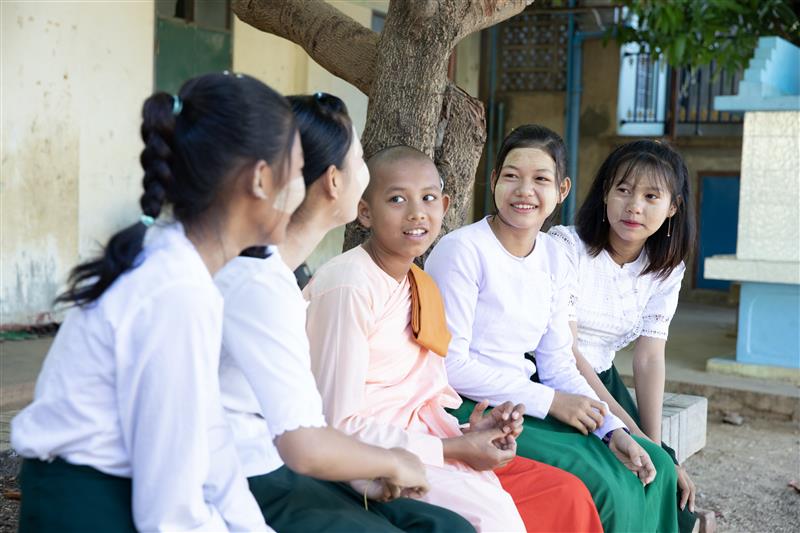
Burnet researcher developing first human organoid structure to study malaria
Growing up in a malaria-endemic region in Uganda, Burnet research officer Mayimuna Nalubega witnessed firsthand how devastating the disease could be.
“Seeing how malaria impacted people's lives really shaped my desire to enter the medical field, to try and make a difference, however small,” she said.
“I felt it was also part of my duty to take care of my siblings and my family this way.”
Dr Nalubega recently completed her PhD at the University of Queensland and has since joined Associate Professor Michelle Boyle’s lab at Burnet.
Her doctoral research uncovered differences in immune cell responses between children and adults, especially in how specific cells react to malaria infection.
“We wanted to understand the differences in how children's and adults' immune systems responded to malaria, and how long those responses lasted,” Dr Nalubega said.
“This research is important for vaccine development as age–specific immune responses can influence the effectiveness of a vaccine.
“Children are more vulnerable to infection, but as people grow older and are exposed more frequently, they develop partial immunity.”
Her study focused on samples collected from people in high-transmission areas of Uganda, some of whom have been followed for nearly a decade.
“In regions where malaria is common, people are often repeatedly exposed to the parasites that cause malaria, which can lead to the development of some level of immunity,” Dr Nalubega said.
There are currently two malaria vaccines approved by the World Health Organization. Both vaccines are only available to children and require multiple doses, with protection waning over time. Effectiveness is also lower in populations living in high-burden areas — the very places where they are needed most.
To help address this knowledge gap, Dr Nalubega is working alongside Associate Professor Boyle to develop the first organoid-like model for studying malaria, with support from the Snow Fellowship.
Their work could play a critical role in the global effort to improve malaria prevention and contribute to the development of more effective and longer-lasting vaccines.
“We know these immune cells do most of their work in the body’s secondary lymphoid organs, like the tonsils. That’s where germinal centres form, and where antibodies are produced to fight infection,” Dr Nalubega said.
Her goal is to identify immune responses that last longer and can provide better protection.
“If we can pinpoint a cell type or antibody response that sticks around, maybe even one that can be modified to last longer, we might be able to find better ways to help the body maintain its defence against malaria,” she said.




